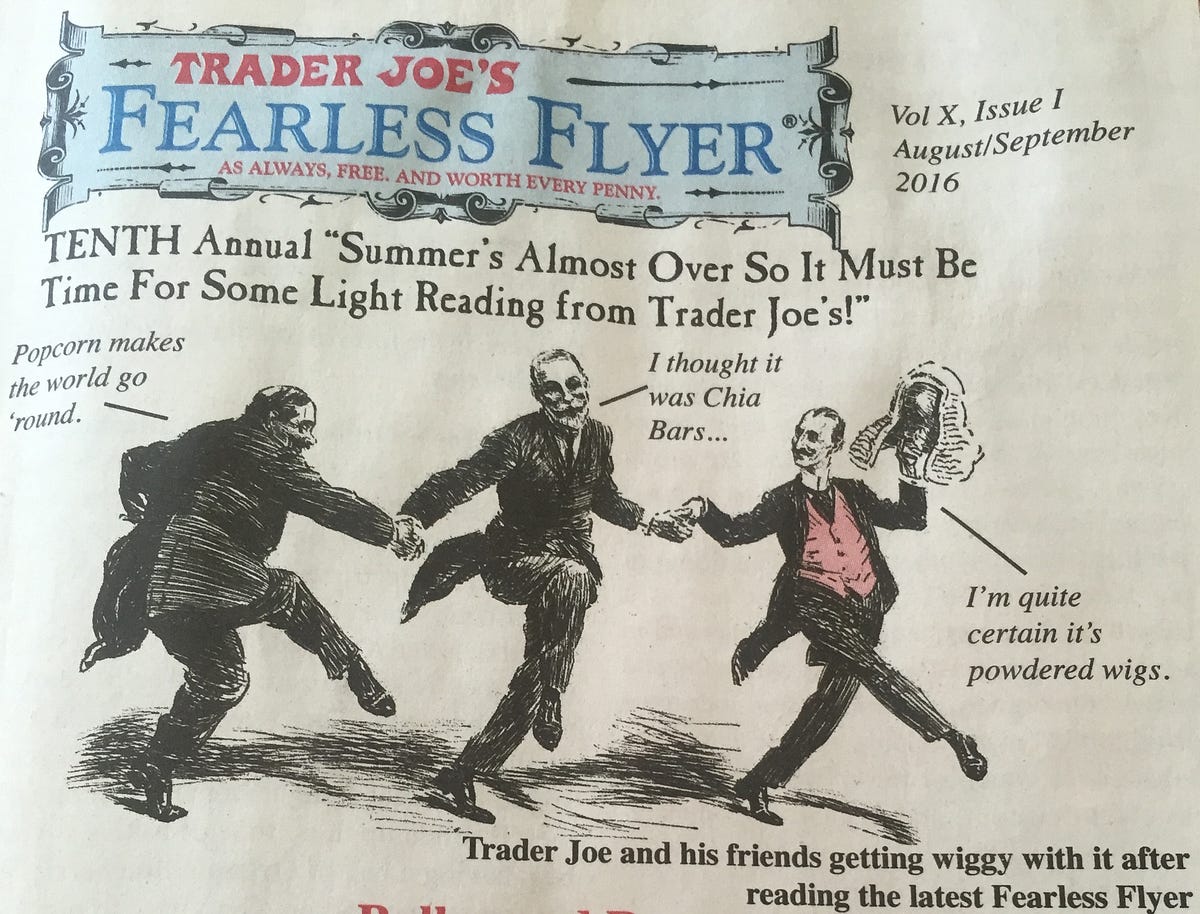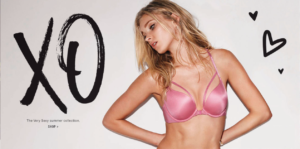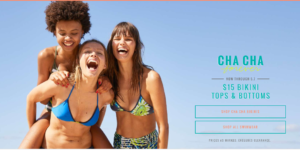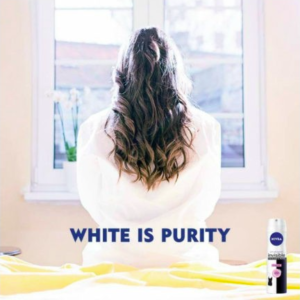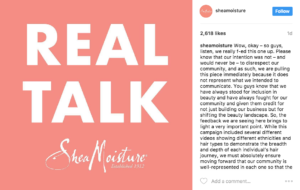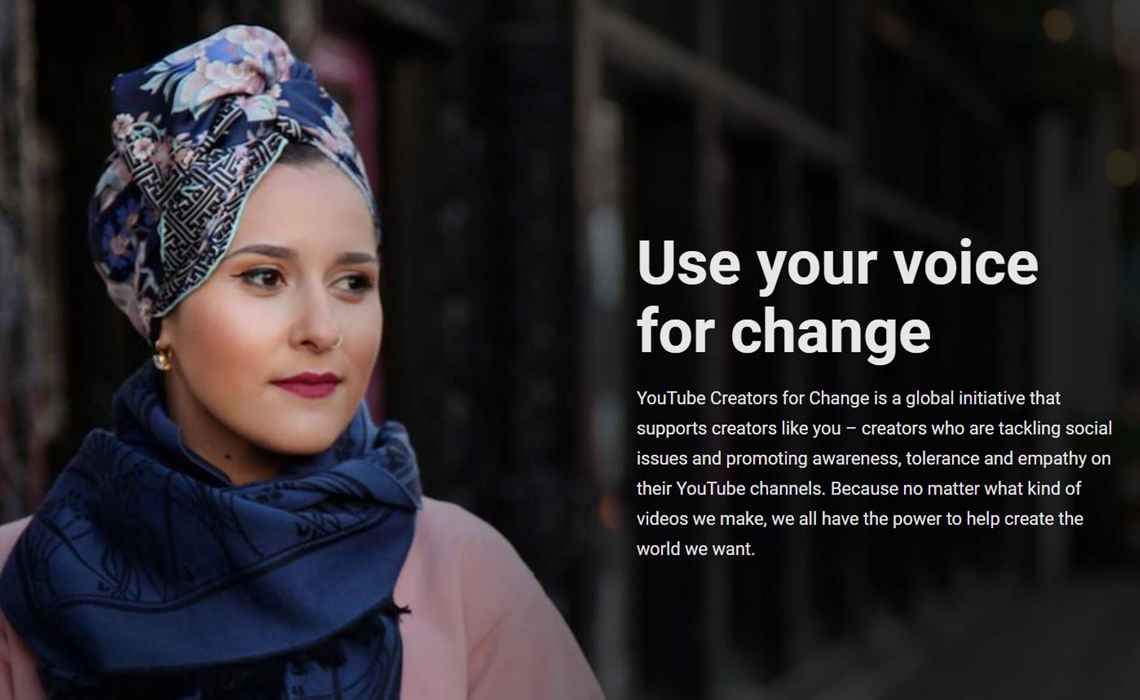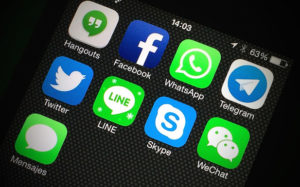Think about the last show you watched on Netflix. Did you check out the star rating first? Do you check Yelp reviews before visiting a new restaurant? Or, if your organization is implementing a new software, did you search for online references of other companies who leverage it for a similar use case?
In our present-day Amazon reviewed world, your customer’s voice can be a way more powerful tool than anything else in your marketing communication mix. Media and brand expert Anthony Young (2104) reminds us that the increased use of the internet has increased the “word of mouth” role in consumers’ decisions. Users and product fans are your best advocates online.
The big question, however, is how do you tap into these advocates and leverage them to broaden your message and authentically speak to your brand? What is in it for them?
Here are 3 simple things to do – and one important thing NOT to do – to engage customer advocates to speak on your behalf that I have learned from my own experience trying to build advocates:
- Make them the hero. Or the expert. Or the whiz. Everyone likes to be acknowledged for his or her hard work and successes. Portray your customers as the ones who save the day to not only build your brand but their personal ones, as well. Make sure they understand how they will be featured in your marketing channels, such as your website or your social channels. And if it is required, don’t forget to provide the advocate with clear information he can share with his team on how he and his company will be featured in your materials. Make is easy for him to get the approval he needs to be part of your advocacy channels.
- Content… and more content. Most professionals connect through LinkedIn. What if you could provide your customer with a well-crafted story to share through his social networking sites that helps him to drive his own social media engagement while advocating for your brand? Organizations like Influitive can help by creating customer success stories with no writing required by you or your customers. These professional looking pieces can be shared through social media, including the advocate’s own LinkedIn page, elevating his status as a hero – who just so happened to fix the problem using your product. Also, pieces like these help to fill in the gaps in your content marketing portfolio to use across integrated campaigns.
- Act as a community organizer. This is your opportunity to build a community of advocates. If a customer has a place to share his input, he would feel like people are listening and will be inclined to share more information with others. The community is an opportunity for your customers to have a place to demonstrate their knowledge and show-off their expertise. Also, new success stories might arise from this online community.
What not to do? You might ask – what about monetarily incentivizing customers for their advocacy? This might seem like the path to least resistance to getting your customers on board as public advocates, but ultimately it is not good for them, or for your business. You want customer advocates who are passionate about sharing their success stories, not just because you paid them to do so. They share their experience because they are great stories to tell and they are excited about their own results. You should stick to providing the customer advocates value in other ways, such as an online forum or content they can use to promote their own personal brand or company. You want to build genuine, authentic advocates.
According to Laura Ramos VP and Principle Analysis at Forrester (2016), customer advocacy can be a key differentiator for organizations to grow their brands through a lower cost than traditional advertising. Finding and promoting the right customers in unique and mutually beneficial ways can be a competitive advantage for your firm. So, once you identify those perfect customers who you want to share your message, provide them with something they value in return.
Ramos, L. (n.d.). Laura Ramos’ Blog. Retrieved May 24, 2017, from http://blogs.forrester.com/laura_ramos
Young, A. (2014). Brand media strategy: Integrated communications planning in the digital era. New York: Palgrave Macmillan.



